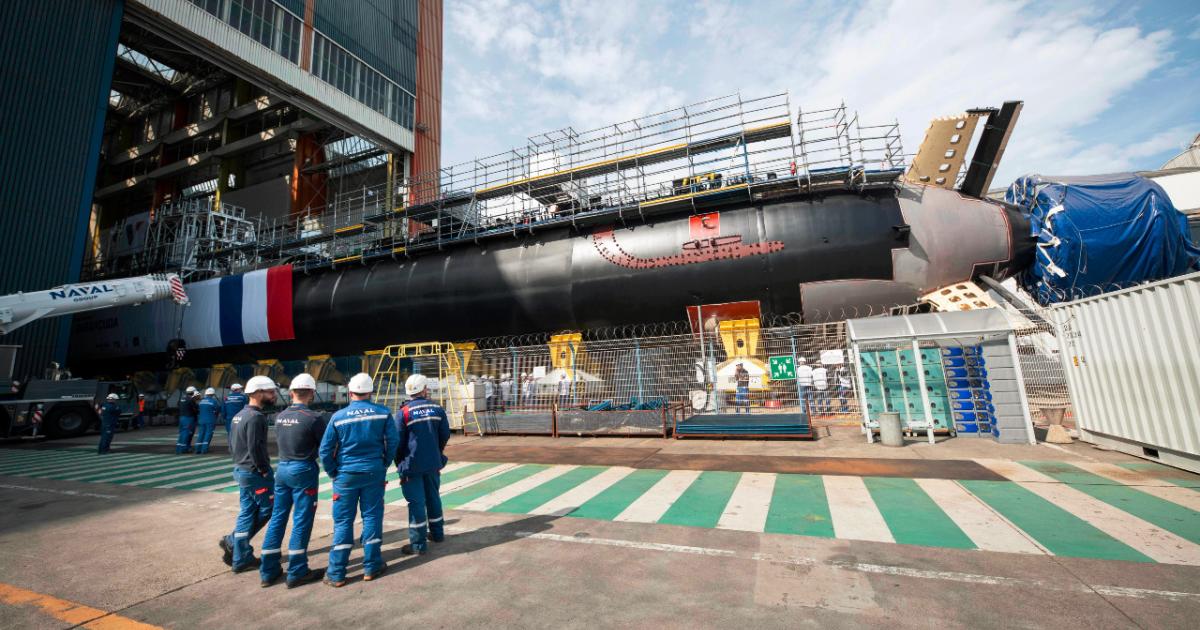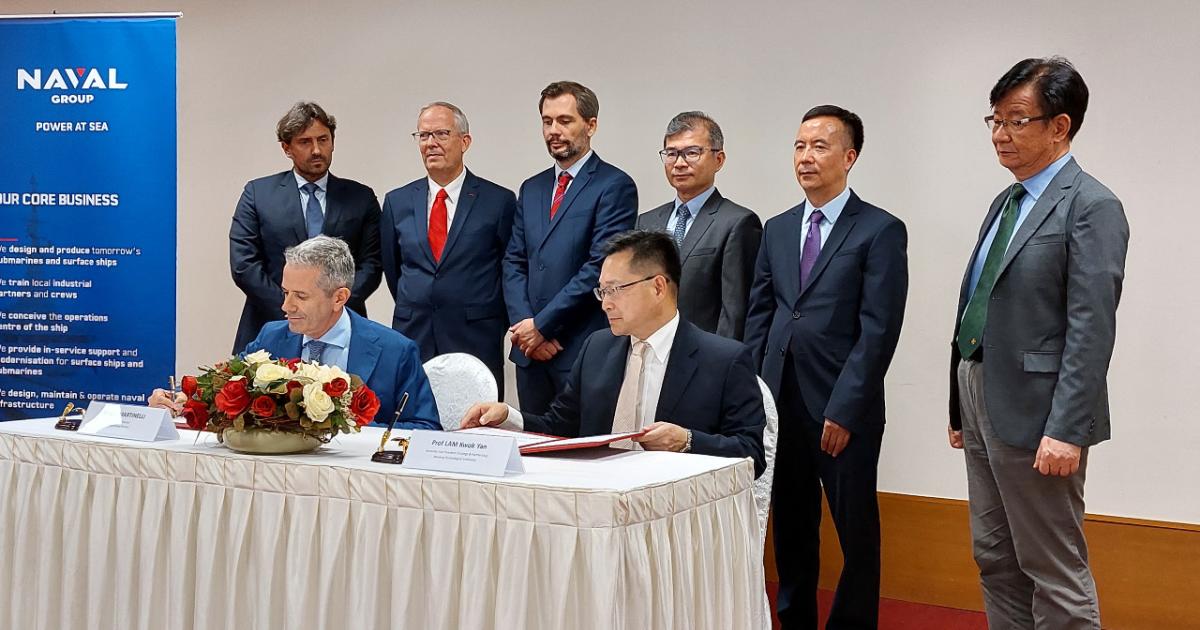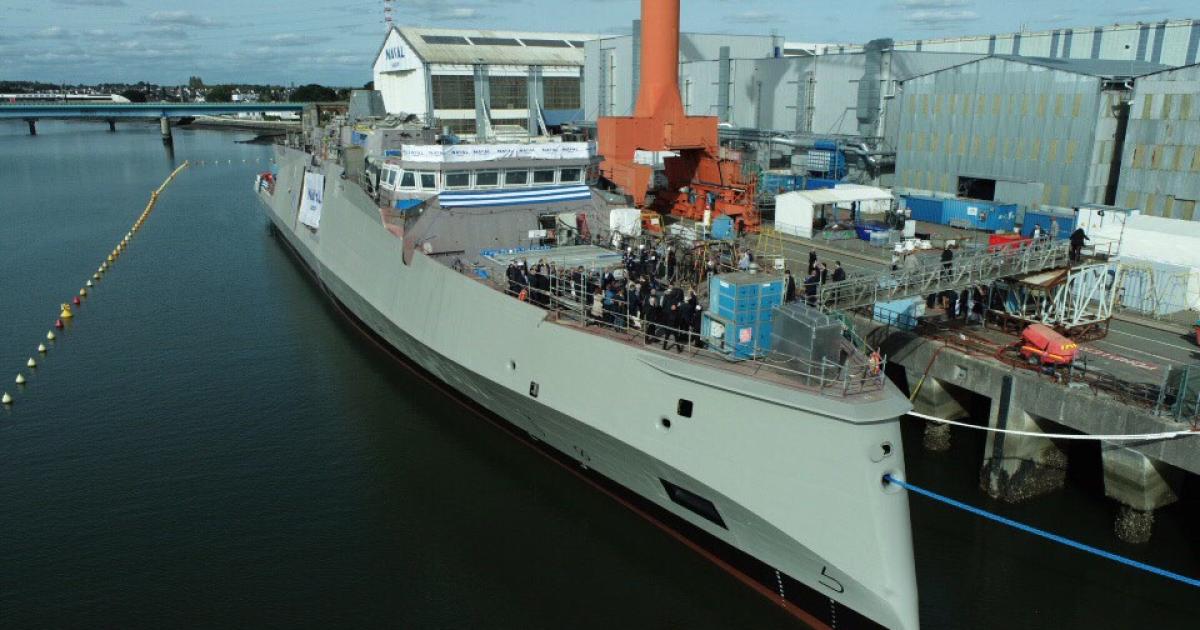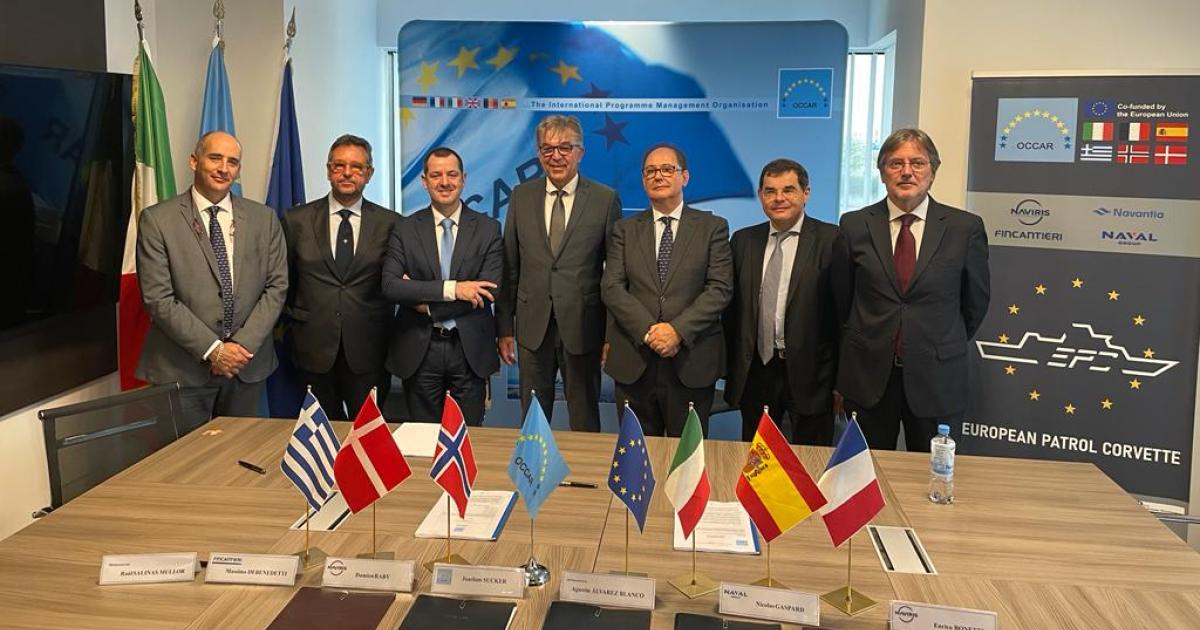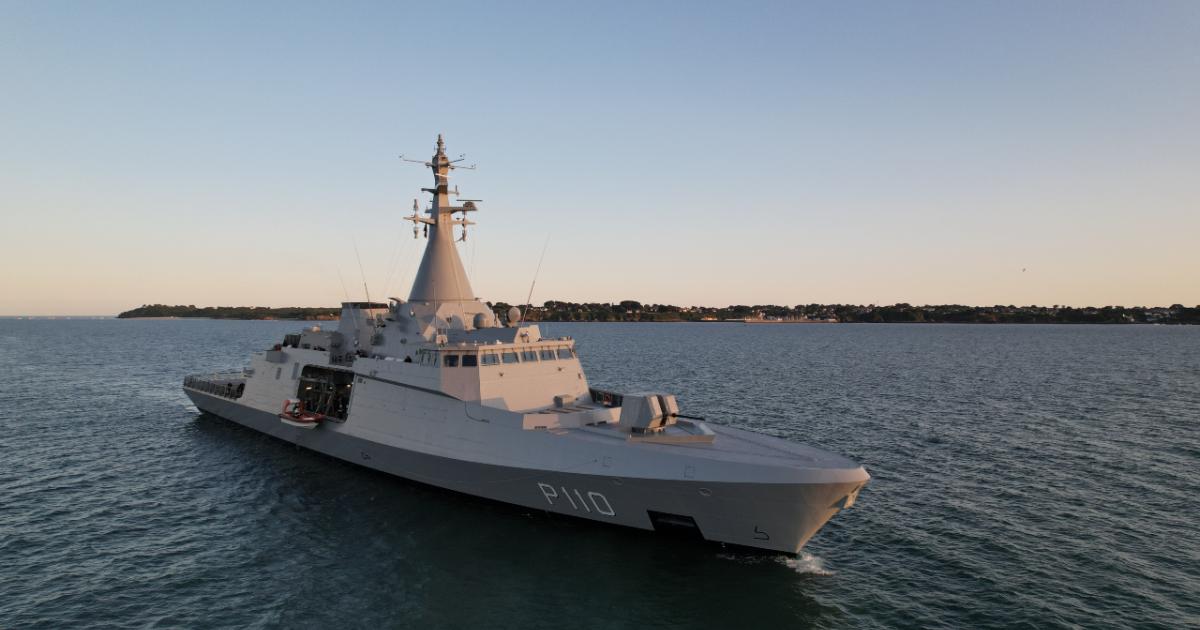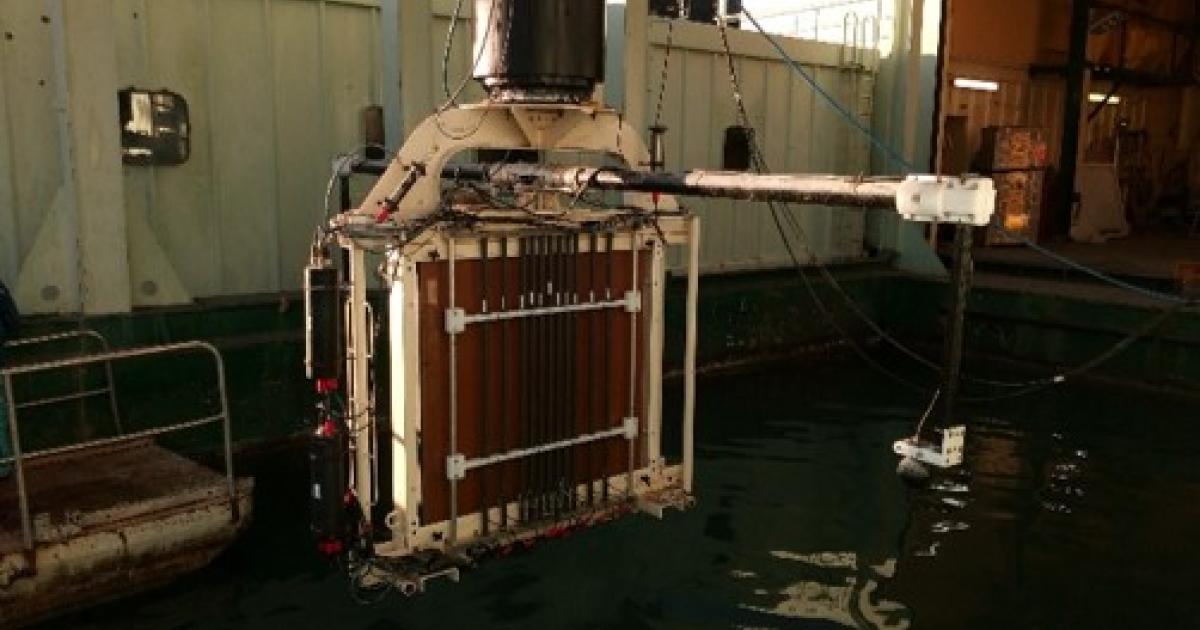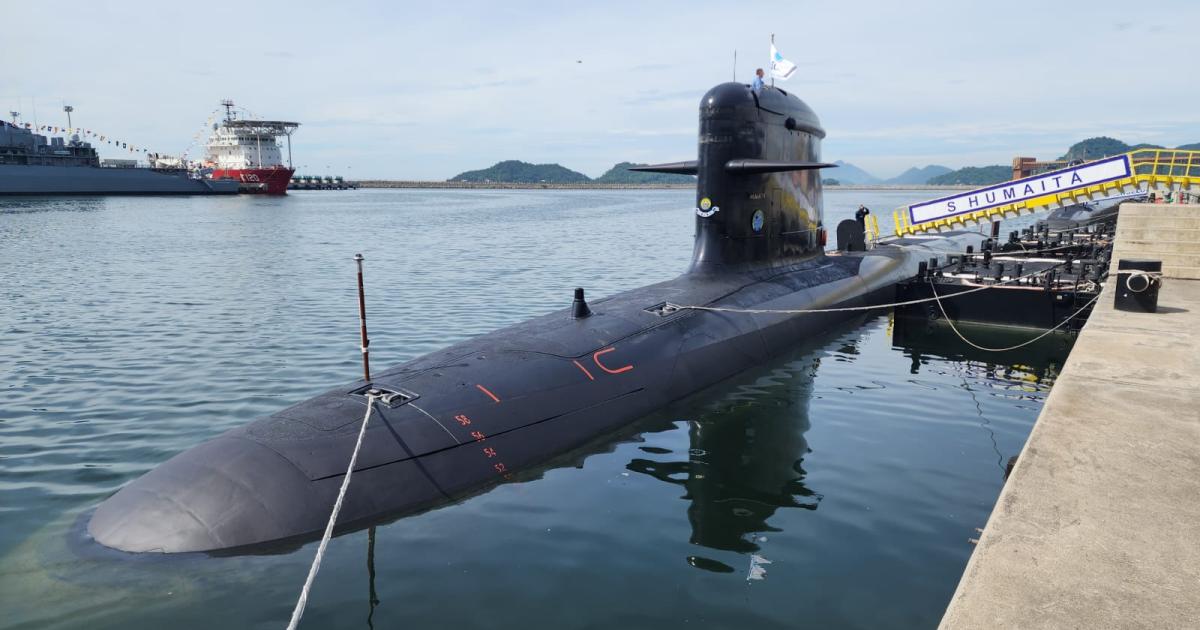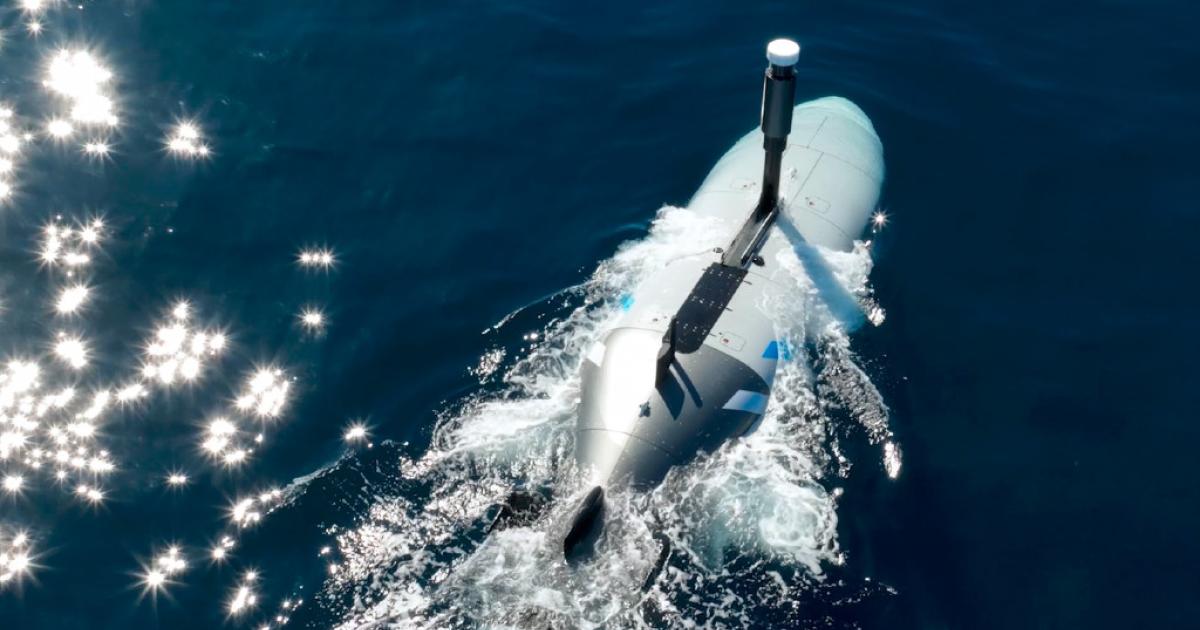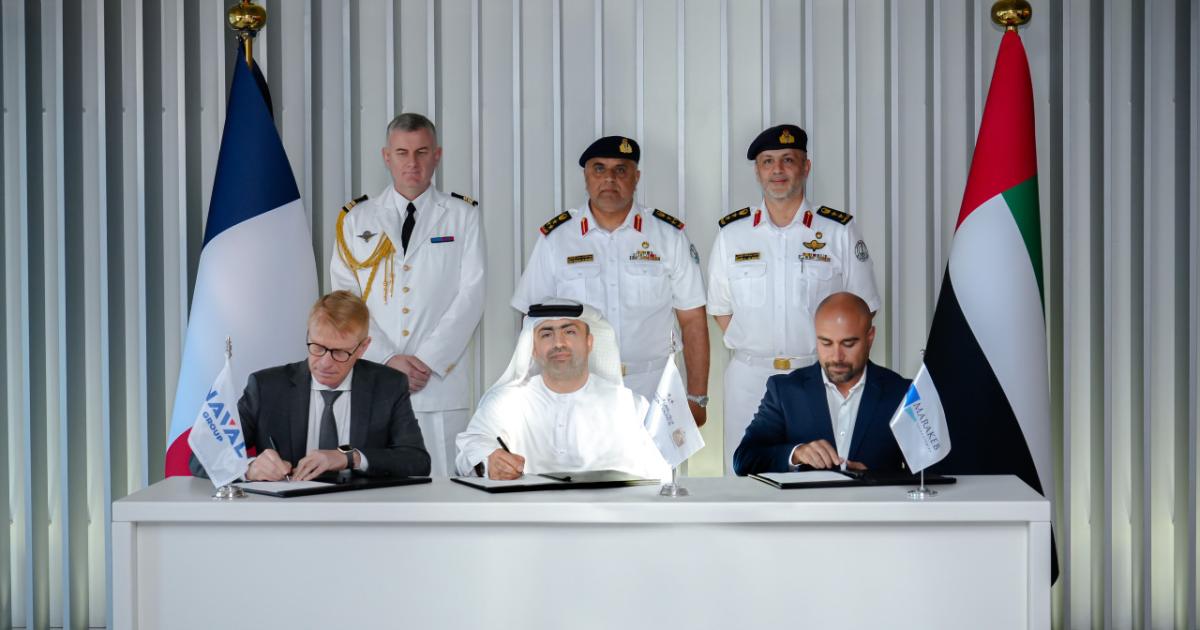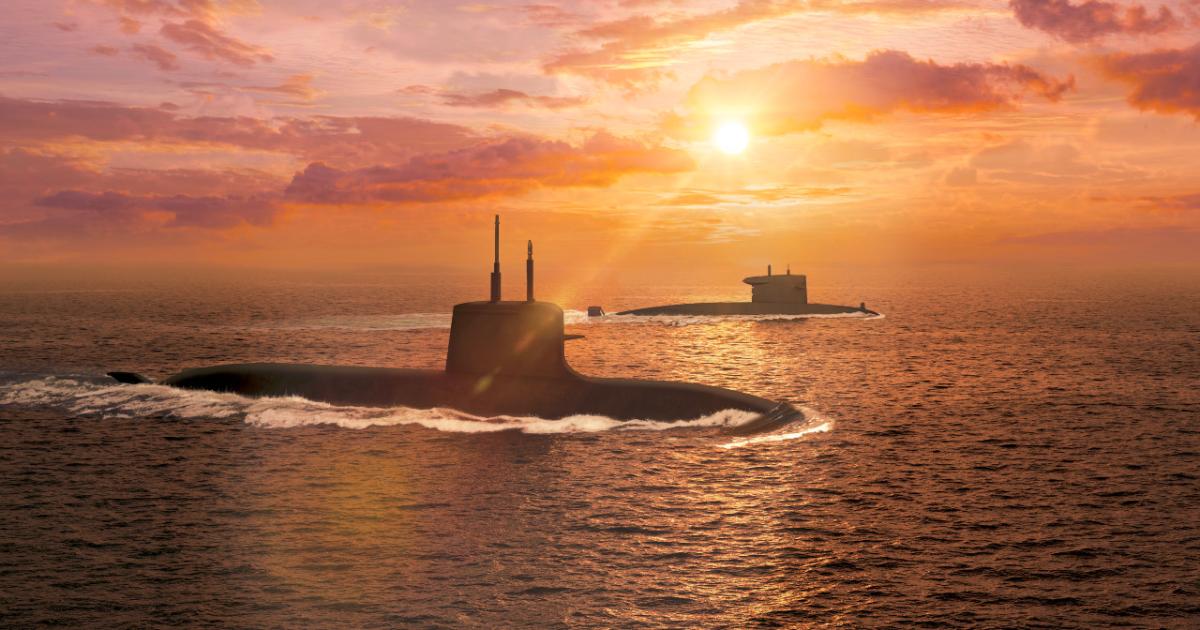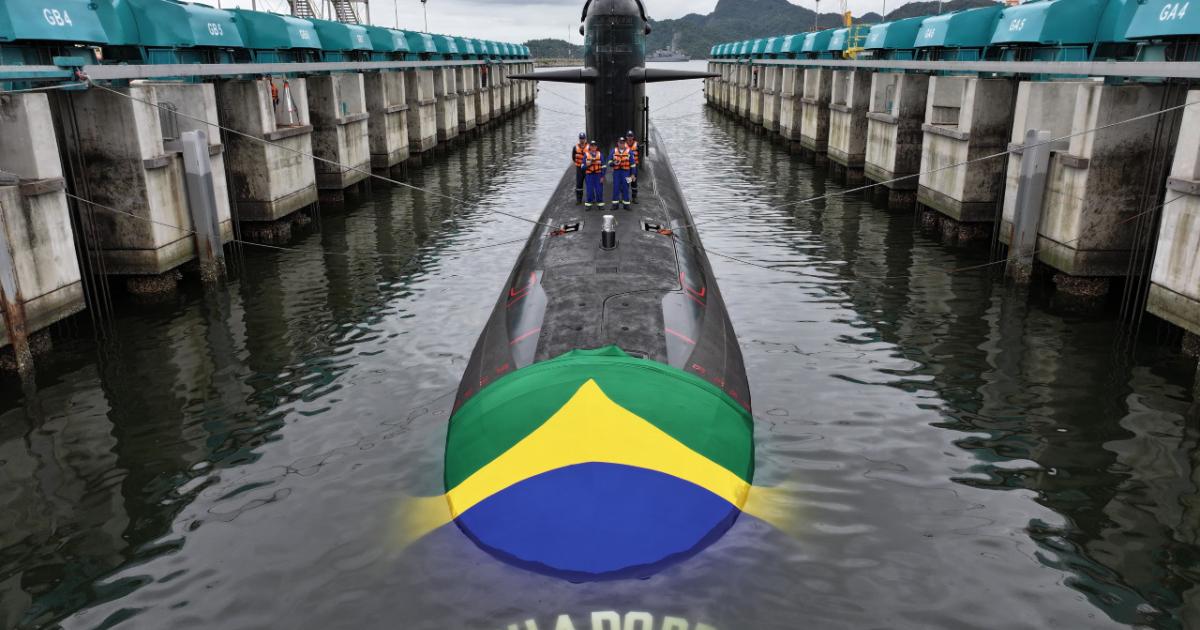Naval Group starts the construction of the first thirdgeneration French nuclear-powered ballistic missile submarine (SNLE 3G)
The steel cutting of the first third-generation French SSBN took place at Naval Group’s shipyard in Cherbourg on March 20th. This symbolic gesture marks the start of hull production for these submarines which will ensure France's nuclear deterrence posture until the end of the 21st century.
Among the most complex systems, SSBNs are the cornerstones of France's strategic oceanic force (FOST) and ensure that nuclear deterrence remains at sea.
Launched in February 2021, the SNLE 3G program for the French Navy brings together the armed forces, the French defense procurement agency (Direction Générale de l'Armement - DGA), which is responsible for overall project management, the French Atomic Energy Commission (CEA), for the nuclear boilers, and Naval Group, which is responsible for overall project management of the submarines, in association with TechnicAtome for the nuclear boilers.
Pierre Éric Pommellet, CEO of Naval Group, said:
"We are proud to symbolically launch the production of the hull of the first 3rd-generation SSBN today, alongside the DGA, the French Navy, the Atomic Energy Commission and Technicatome, as well as all our state and industrial partners. Through this major program, Naval Group is fully committed to serving French sovereignty and nuclear deterrence, by mobilizing all its skills, talents and industrial resources, and by drawing on a solid defense industrial and technological base, spread across the country."
The program's first follow-on contract awarded in February 2021 covers development studies up to the end of 2025, as well as long lead time procurement, production of the first hull and boiler room components for the first 3G SSBN, and adaptation of Naval Group's manufacturing resources to the specific requirements of the 3G SSBNs.
Production of the main components of the nuclear boiler room and propulsion system, in particular the tank for the 1st SNLE 3G, has already begun at Naval Group's Nantes-Indret site.
An unprecedented industrial program
With 125 years' experience of submarine construction in Cherbourg, Naval Group benefits from a unique know-how, inherited from the builders of previous generations of vessels, and skills developed to adapt to the evolving threats and expectations of the Navy.
With the SNLE 3G program, Naval Group has embarked on a major new industrial adventure involving all its sites in France, with the aim of building the largest submarine ever built in France.
A nuclear submarine is one of the most complex objects ever built by man. The construction of an SNLE 3G submarine requires the integration of almost 100,000 devices, as well as hundreds of kilometers of cables and circuits. Such a feat call for rare technological and industrial know-how that very few countries in the world possess.
This sector of excellence benefits the entire French naval industry. Almost 90% of the SNLE 3G program's added value will be produced in France for several decades, representing some 3,000 direct, highly skilled jobs that cannot be relocated.
The SNLE 3G program is a national adventure that will involve the whole of France, mobilizing more than 400 companies and 400 skills across the country: from Alsace to Brittany, from the Paris region to Toulouse and the Provence-Alpes-Côte d'Azur region.
New generation state-of-the-art submarines
Compared with their predecessors, the 3G SSBNs will feature a number of major technological advances, which will provide the French Navy with superior operational capabilities. These submarines will be:
- featuring extended detection capability, with sensors of the highest technological standard;
- featuring enhanced stealth, including improved hydrodynamics and increased maneuverability;
- equipped with high-performance weapons and combat system, able to carry out deterrence missions until the end of the 2080s;
- capable of ensuring the highest levels of nuclear safety and security
- adapted to the latest standards of living conditions for sailors on board, thanks in particular to a new plant for reprocessing the ship's atmosphere.
In addition, the current French SSBNs (SNLE 2G) will benefit from some of these innovations, without waiting for the arrival of the four 3G SSBNs, to ensure the best possible performance throughout their operational life up to the 2050s. This modernization will benefit the entire French SSBN fleet.
Naval Group is a partner to its customers' maritime sovereignty. An international player in naval defense and heir to French naval know-how, Naval Group develops innovative solutions to meet the needs of navies. Present throughout the entire life cycle of the ships, the group designs, builds...

www.naval-group.com


